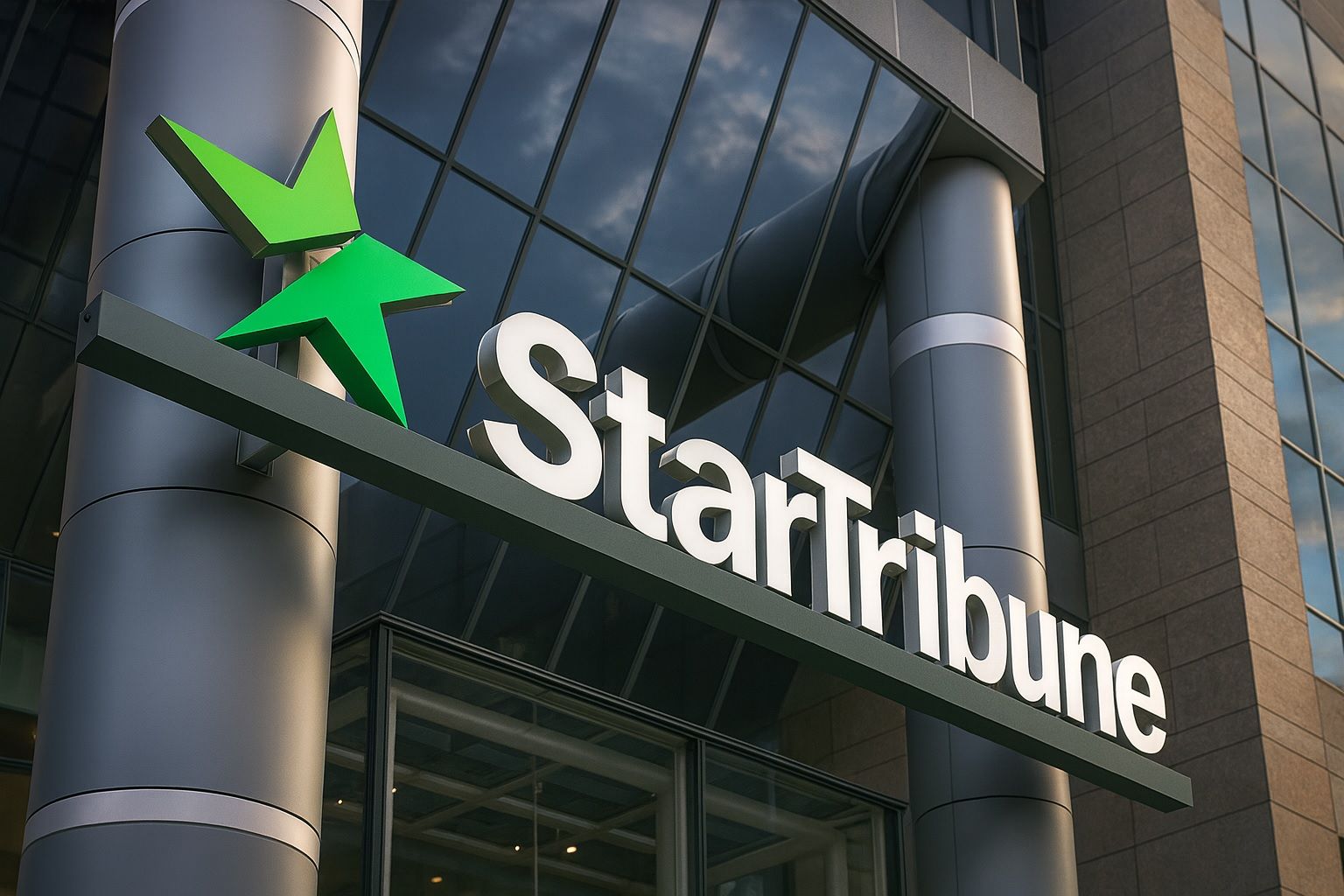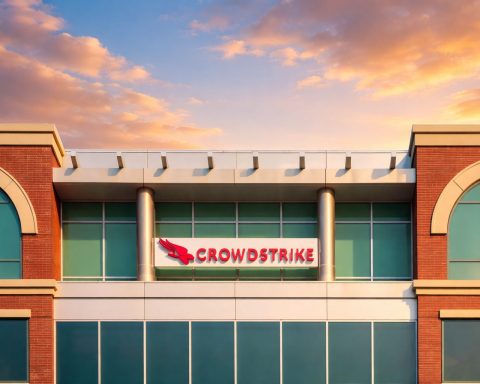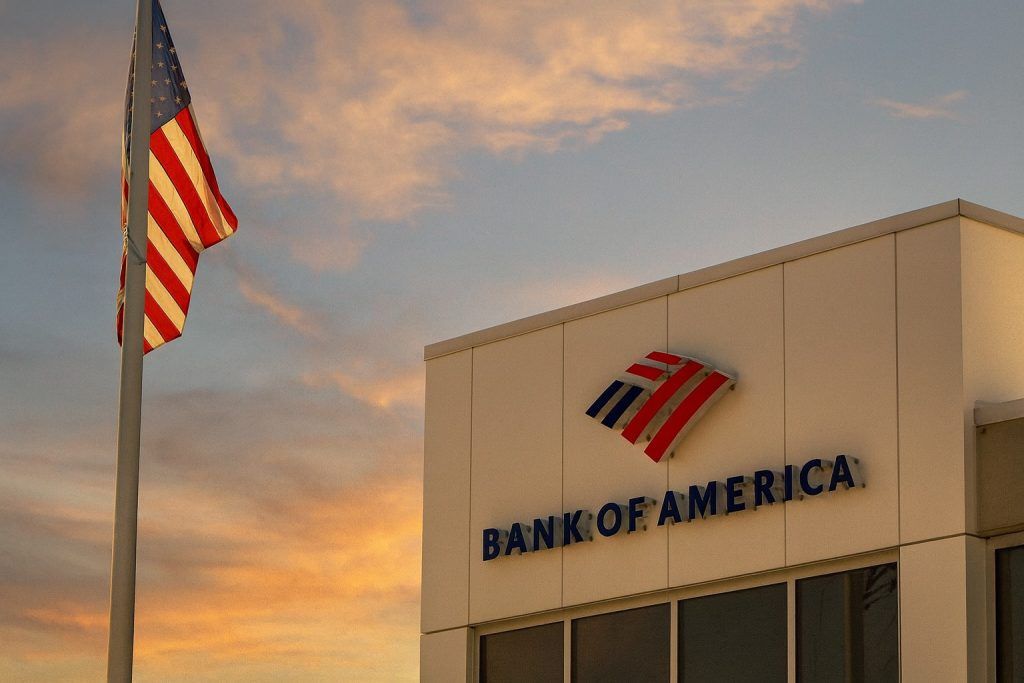- Minnesota’s largest newspaper embraces good news: The Minnesota Star Tribune has launched MN Rising, a new digital platform “designed to highlight Minnesota companies, nonprofits and foundations making a positive impact in their communities” [1]. Developed by the paper’s in-house agency (Foundry North), MN Rising will feature stories focused on sustainability, climate action, education, equity, and workforce development [2]. Each piece spotlights how local organizations are helping “move Minnesota forward.” [3]
- Sponsored stories with a purpose: MN Rising content is cause marketing – sponsored articles that showcase companies’ community impact. The Star Tribune’s chief revenue officer Paul Kasbohm says Minnesotans “want to work for and buy from companies investing back in our community, and MN Rising will provide a space for businesses to elevate and promote the causes they care about” [4]. The platform aims to become “a familiar and trusted space where organizations can share their positive impact and be recognized for it,” adds Jon Christensen, head of business development [5]. In short, businesses pay to tell “how [they] are turning their missions into measurable community outcomes” via compelling stories [6].
- Over a dozen launch partners on board: MN Rising debuted in October 2025 with 15+ founding sponsors spanning major nonprofits and corporations. Initial partners include Blue Cross Blue Shield of Minnesota, Children’s Minnesota hospital, Cub Foods, Greater MSP economic development, Huntington Bank, RBC Wealth Management, Sunrise Banks, the University of St. Thomas and more [7]. The breadth of participants – from a Fortune 500 financial firm to a local furniture retailer – shows strong interest in aligning brands with “good news” content. Star Tribune CEO Steve Grove noted on social media that MN Rising had “over a dozen launch partners and many more on the way,” positioning it as a key part of diversifying the paper’s revenue model in a challenging time for news.
- Betting on new revenue streams amid industry woes: This initiative isn’t just feel-good fluff – it’s a strategic business move. Like many local papers, the Star Tribune faces declining print revenues and finite growth in digital ads and subscriptions. Grove has said the company must generate “at least 25% of our revenue” from outside traditional ads and subs, including “philanthropy, events, e-commerce, and content initiatives — both journalistic and otherwise” [8]. MN Rising is one such content initiative, aimed at unlocking cause-marketing dollars and advertiser partnerships that standard news coverage wouldn’t attract. The timing is apt: media analysts note that industry giant Gannett has been struggling with falling sales and stagnation – its “declining revenue” and poor outlook have left investors pessimistic about any turnaround [9]. In contrast, the Star Tribune hopes innovative projects like MN Rising can boost income and avoid the fate of less inventive peers.
- Rethinking news content to engage readers: Beyond revenue, MN Rising taps into a growing audience appetite for positive, solutions-focused journalism. Research finds that relentless negativity in news has driven nearly 4 in 10 people to actively avoid the news, often because it leaves them feeling overwhelmed or hopeless [10] [11]. Conversely, “solutions journalism” – reporting on responses to problems – is “making people feel more hopeful, more engaged and more likely to act.” [12] Studies show solutions-oriented stories reduce anxiety and increase readers’ sense of connection to their community [13]. In fact, younger audiences especially respond to constructive news, reporting higher trust and willingness to share such stories [14]. By elevating community success stories, MN Rising aligns with this trend, potentially boosting reader engagement (even if the content is sponsored).
- Community cohesion through “good news”: Media experts say that local journalism’s “crucial function” isn’t only holding the powerful accountable – it’s also fostering community cohesion by telling stories of neighbors and local heroes [15]. Charles M. Blow, who hosts a new Press Forward documentary on local news solutions, argues that “soft cohesion content” – from veteran’s obituaries to high school sports victories – binds communities together [16]. “It is in this community reporting that communities connect,” he explains [17]. In this light, MN Rising’s focus on uplifting local narratives could strengthen civic pride and connections. Even national events are often localized as “good news” for communities: for example, when NASA announced a new astronaut class, “local news outlets across the country ran pieces spotlighting ‘hometown heroes’” from their area, framing local selectees as “inspirational success stor[ies] for the community.” [18] This reflects how powerful positive local angles can be in engaging readers.
- Outlook – promise and pitfalls: MN Rising will test whether feel-good sponsored stories can deliver both social impact and business results. Optimistically, it’s a win-win: Minnesota readers get to learn about philanthropic projects and innovations improving their state, while sponsors get positive exposure. If readers actually find these stories informative (and not just advertorial puff pieces), the section could build a loyal following. The initial rush of sponsors suggests companies see value in being featured as community champions. Over time, more organizations may join, providing a steady new revenue stream for the newspaper. Star Tribune executives certainly have high hopes, framing the platform as a model for how local news can thrive by “elevat[ing] the causes [Minnesotans] care about.” [19]
- Challenges ahead: However, success is not guaranteed. MN Rising content must strike a careful balance to maintain credibility. Today’s consumers are savvy and can sniff out shallow PR. The stories will need genuine substance and transparency (clearly labeled as sponsored) to earn reader trust. If done right, they can enhance the Star Tribune’s brand as a community convener; done poorly, they risk being dismissed as corporate propaganda. Additionally, cause marketing alone won’t solve local journalism’s financial crunch – it’s just one piece of a larger puzzle that includes reader donations, paywalls, events, and possibly AI-driven efficiencies. Still, the Star Tribune’s willingness to innovate sets it apart. Media columnist Howie Hanson notes that many legacy papers are floundering, while the Star Tribune under a new, younger CEO is “full of energy and new ideas” and even growing in some areas [20]. Initiatives like MN Rising exemplify that energy.
- Big picture: The launch of MN Rising comes amid a broader push to “reimagine” local news in America. A coalition of major foundations (Press Forward) has poured over $400 million into revitalizing local journalism [21], and its new documentary series highlights inventive models nationwide – from nonprofit news startups to community-owned papers [22] [23]. The common theme is reinvention: finding sustainable ways to keep local news alive as a public good. The Star Tribune is pursuing that goal through a commercial lens – leveraging market forces and corporate goodwill to fund community storytelling. It’s a different path than pure philanthropy, but potentially complementary. If MN Rising succeeds, it could be a template for other regional newspapers to partner with local businesses on “good news” hubs that underwrite journalism.
Forecast & Analysis: The next few months will reveal how readers respond to MN Rising. Early indicators (like social media buzz and pageview stats) will be crucial. Advertisers will be watching closely for engagement metrics – if these stories attract eyeballs and positive sentiment, sponsors will be encouraged to renew and new ones will sign up. The Star Tribune might also integrate MN Rising content into its main news products (print, newsletters, etc.) to give it wider exposure. We may see events or forums spin out of it as well (e.g. an awards event for companies doing good, sponsored by MN Rising partners), further monetizing the concept.
On the other hand, if readership is tepid, the newsroom could face tough questions about dedicating prime real estate to sponsored material. Maintaining the firewall between advertising and editorial is essential – MN Rising is produced by the ad side (Foundry North), not the newsroom, which should be clearly communicated to readers. As long as ethical lines are respected, even skeptics might appreciate the focus on solutions over cynicism. In an era when bad news is abundant, highlighting local problem-solvers can be refreshing.
Ultimately, MN Rising represents a bold experiment in solving two problems at once: the trust problem (audiences disengaging from negative news) and the business problem (funding journalism). If it works, the Star Tribune will have shown that “doing good” can be good for business. If it fails, it will at least have been a learning experience in what today’s news consumers want. Given what’s at stake, many in the industry will be rooting for its success. As Press Forward’s executive director Dale Anglin put it, local news is so vital that “when you don’t have it…it’s like when you don’t have water: you really can’t live.” [24] By that measure, any initiative that might replenish the parched landscape of local journalism – be it through inspirational storytelling or innovative revenue streams – is well worth a try.
Sources:
- Howie Hanson – Minnesota Star Tribune introduces MN Rising – sharing stories of community good (Press release details of MN Rising launch) [25] [26] [27] [28]
- Local Media Association (Steve Grove Q&A) – Reinventing a 157-year-old news brand (Star Tribune’s revenue strategy and need for new initiatives) [29]
- Simply Wall St via SahmCapital – Analysis of Gannett Co. (NYSE:GCI) (Industry context: Gannett’s declining revenue and weak outlook) [30]
- Solutions Journalism Network – How Solutions Journalism Rebalances the News (Research on audience demand for solutions-focused news and its positive impact) [31] [32]
- Press Forward (Charles M. Blow) – “Reimagining Local News” docuseries overview (Expert commentary on local news as community cohesion and importance of “soft cohesion” content) [33]
- TS2.Tech – NASA’s New Astronaut Class of 2025 (Example of local media turning a national story into an inspiring local “hometown hero” narrative) [34]
- Press Forward – Dale R. Anglin quote on local news importance [35] (framing the high stakes for sustaining local journalism)
References
1. www.howiehanson.com, 2. www.howiehanson.com, 3. www.howiehanson.com, 4. www.howiehanson.com, 5. www.howiehanson.com, 6. www.howiehanson.com, 7. www.howiehanson.com, 8. localmedia.org, 9. www.sahmcapital.com, 10. www.solutionsjournalism.org, 11. www.solutionsjournalism.org, 12. www.solutionsjournalism.org, 13. www.solutionsjournalism.org, 14. www.solutionsjournalism.org, 15. www.pressforward.news, 16. www.pressforward.news, 17. www.pressforward.news, 18. ts2.tech, 19. www.howiehanson.com, 20. www.poynter.org, 21. www.pressforward.news, 22. www.pressforward.news, 23. www.pressforward.news, 24. www.pressforward.news, 25. www.howiehanson.com, 26. www.howiehanson.com, 27. www.howiehanson.com, 28. www.howiehanson.com, 29. localmedia.org, 30. www.sahmcapital.com, 31. www.solutionsjournalism.org, 32. www.solutionsjournalism.org, 33. www.pressforward.news, 34. ts2.tech, 35. www.pressforward.news










